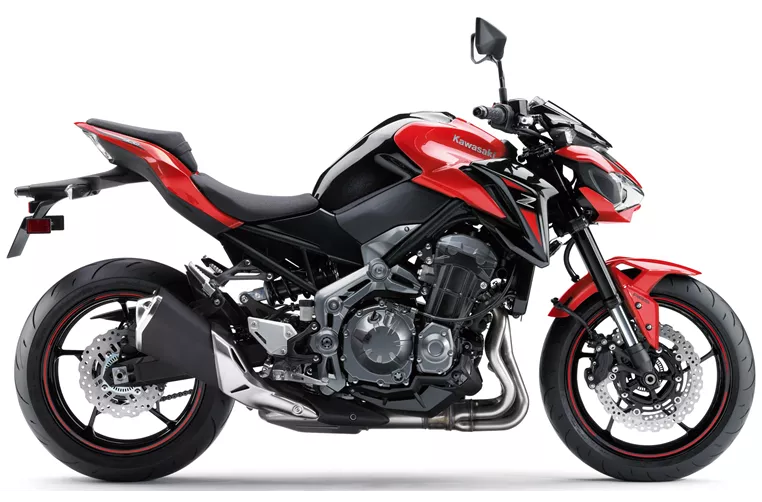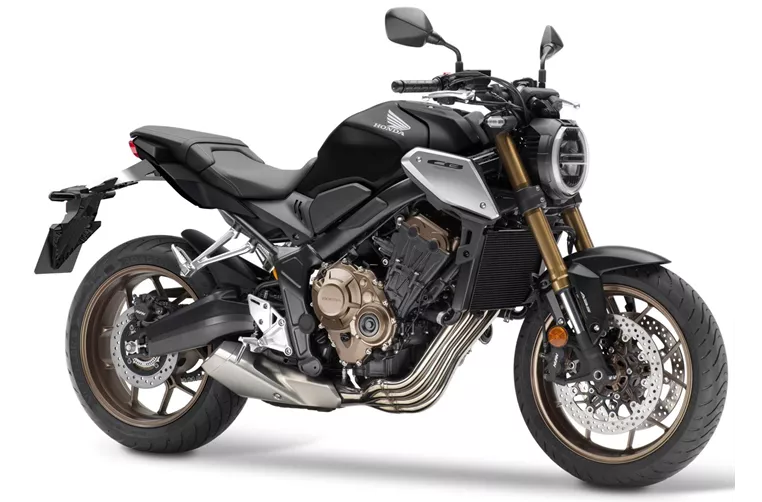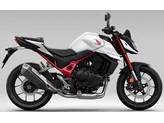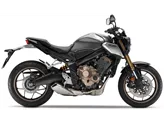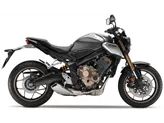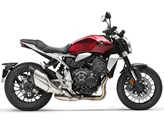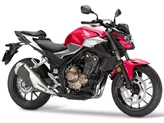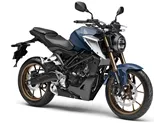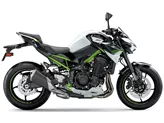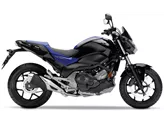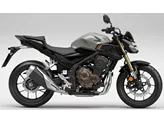Kawasaki Z900 70kW 2018 vs. Honda CB650R 2021
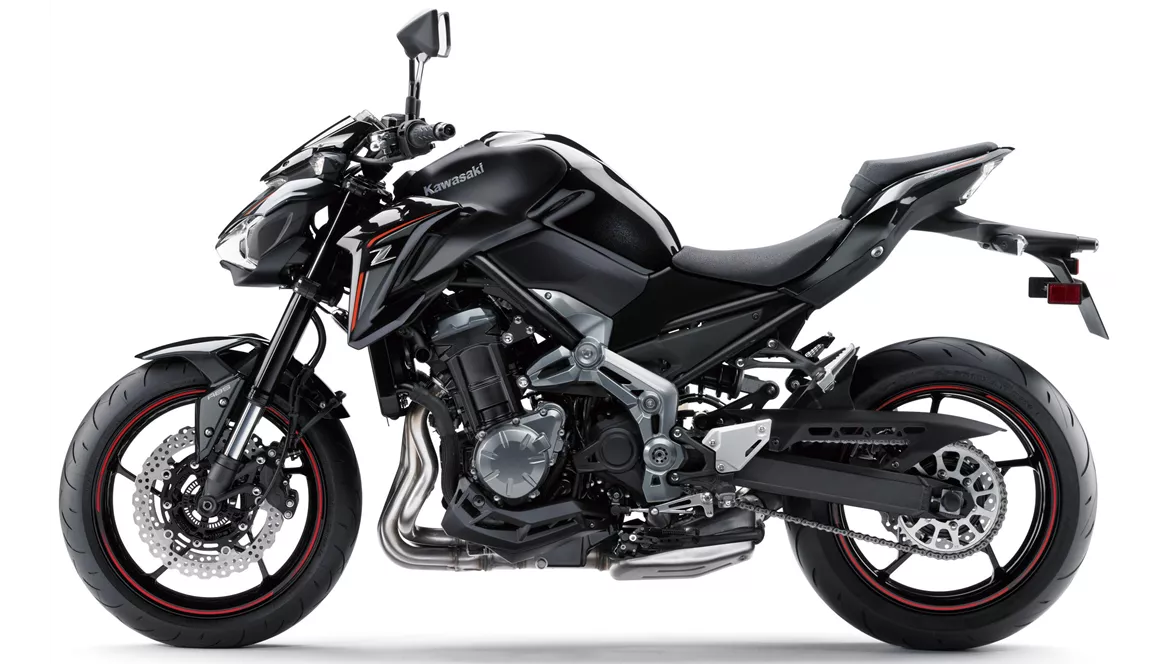
Kawasaki Z900 70kW 2018
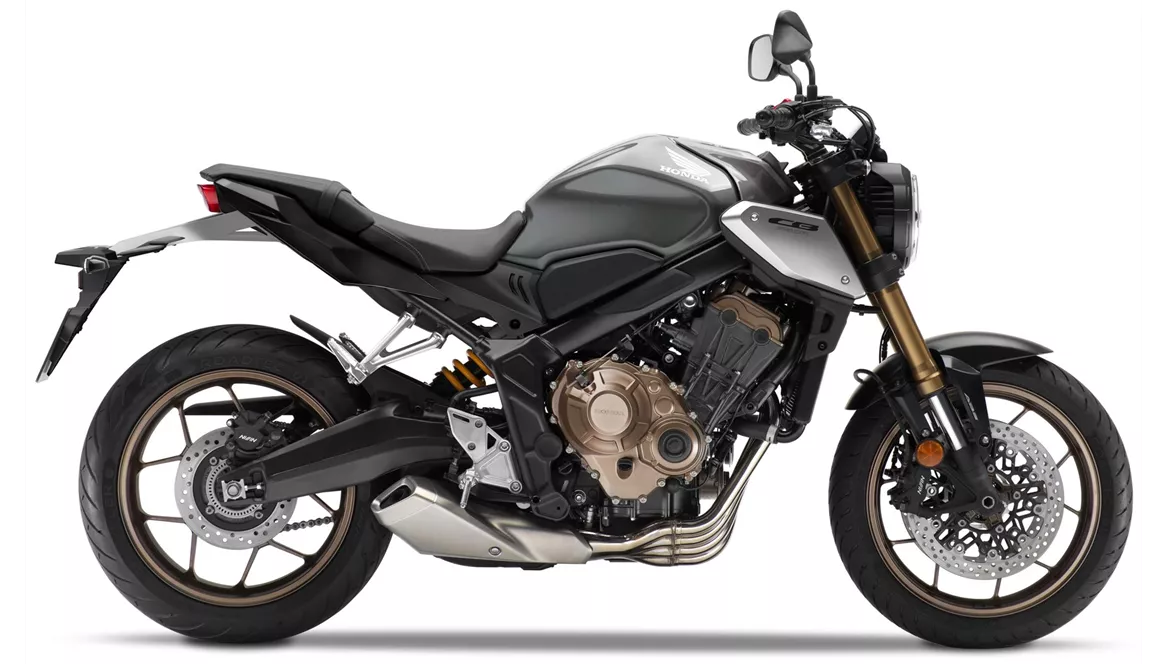
Honda CB650R 2021
Overview - Kawasaki Z900 70kW 2018 vs Honda CB650R 2021
The Kawasaki Z900 70kW model year 2018 and the Honda CB650R model year 2021 are both naked bikes with similar engine types, engine power, fuel systems, and cooling systems. However, there are several differences between the two bikes that should be considered.
In terms of engine power, both bikes have the same horsepower output of 95 HP. However, the Kawasaki Z900 has a higher torque of 91.2 Nm compared to the Honda CB650R's torque of 63 Nm. This means that the Z900 may have better acceleration and pulling power, especially at higher speeds.
In terms of suspension, both bikes have upside-down telescopic forks at the front and swing arm suspension at the rear. However, the Kawasaki Z900 has the advantage of having adjustable rear suspension with preload and rebound adjustments, while the Honda CB650R only has preload adjustment. This means that the Z900 may offer a more customizable and comfortable ride for the rider.
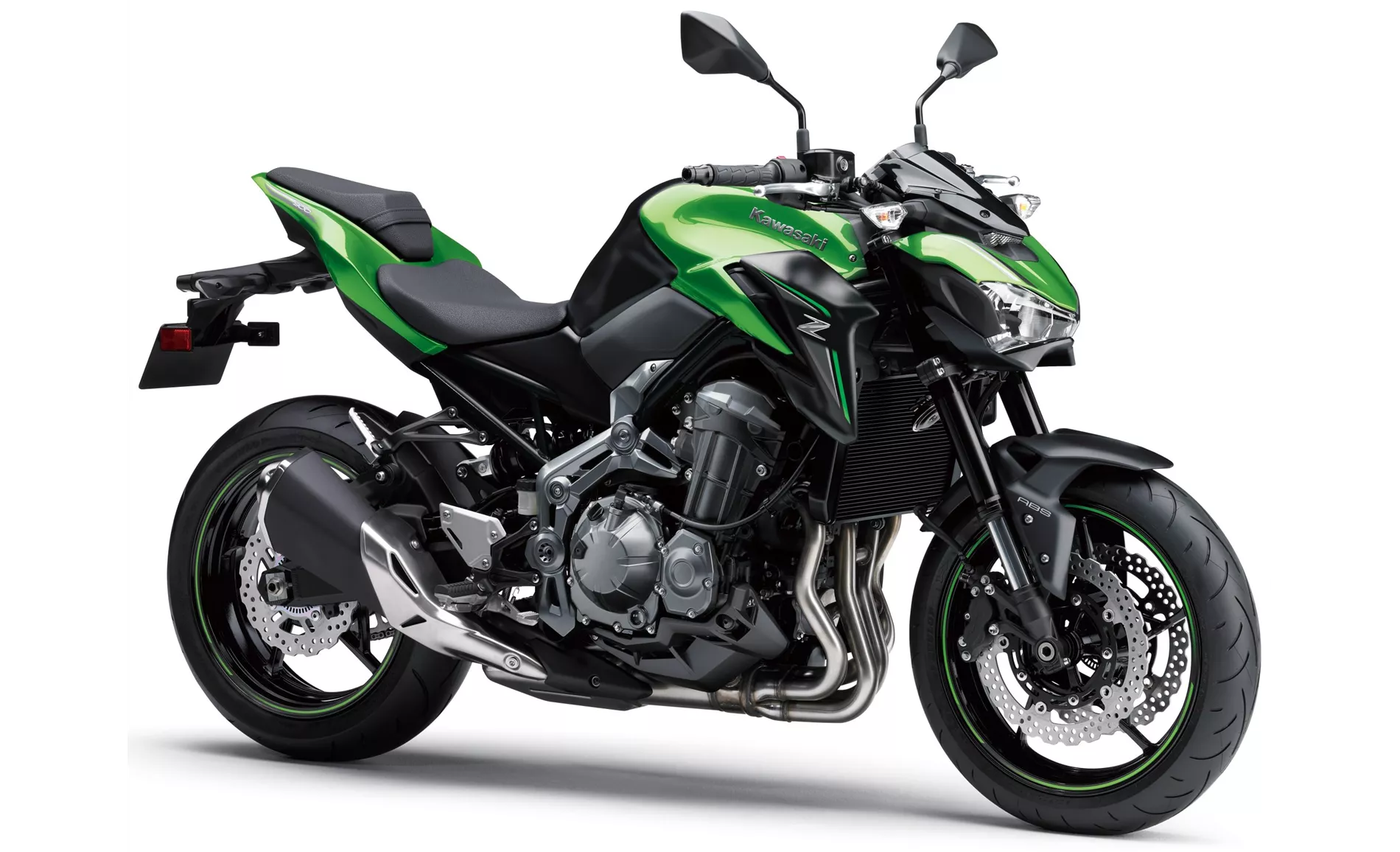
Kawasaki Z900 70kW 2018
Both bikes have steel frames, but the Kawasaki Z900 has a double cradle frame, while the Honda CB650R has a twin tube frame. The choice of frame design can affect the bike's handling and stability, with the double cradle frame potentially offering better stability at higher speeds.
In terms of braking, both bikes have double disk brakes at the front with four pistons. However, the Honda CB650R has larger front brake disks with a diameter of 310 mm compared to the Z900's 300 mm disks. Additionally, the CB650R uses radial technology for the front brakes, which can provide better braking performance and feel. This means that the CB650R may have better stopping power and more precise braking.
Both bikes come with ABS as an advanced rider assistance system, which enhances safety by preventing wheel lock-up during braking.
In terms of dimensions and weights, both bikes have the same front and rear tire widths and diameters, as well as the same wheelbase. However, there are differences in seat height and kerb weight. The Honda CB650R has a higher seat height of 810 mm compared to the Z900's 795 mm, which may make it less suitable for taller riders. Additionally, the CB650R has a slightly lower kerb weight of 202.5 kg compared to the Z900's 210 kg. This means that the CB650R may be slightly more maneuverable and easier to handle, especially at lower speeds.
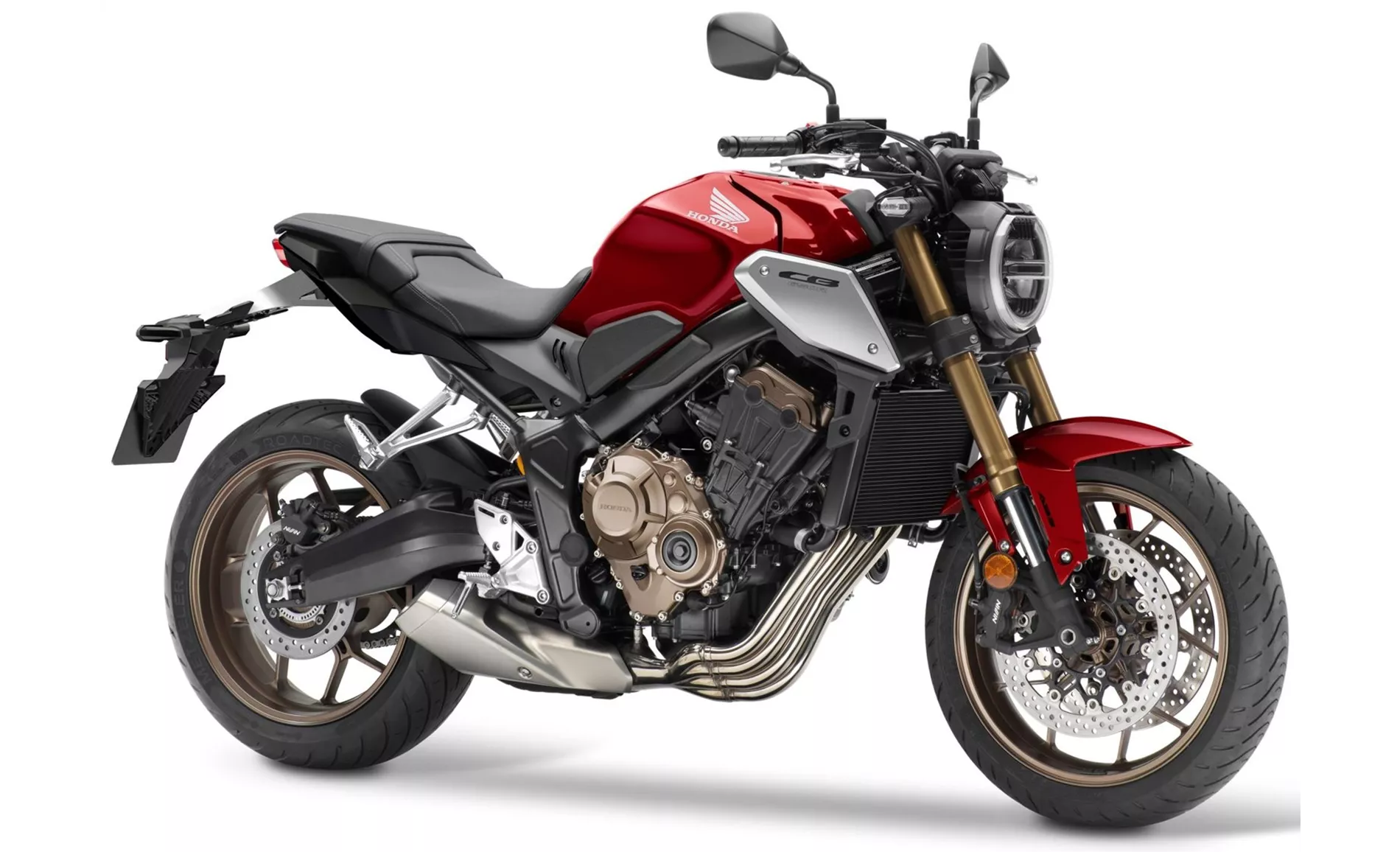
Honda CB650R 2021
In terms of strengths, the Kawasaki Z900 70kW 2018 is praised for its smooth engine with punch at around 6000 rpm, finely controllable brakes, smooth running engine for city traffic, stable motorway speeds, and good handling. On the other hand, the Honda CB650R 2021 is appreciated for its Neo Sports Cafe optics, suitability for beginners, good price-performance ratio, smooth engine revs, and low fuel consumption.
In terms of weaknesses, the Kawasaki Z900 is criticized for being quite small for tall riders, having a relatively high weight of 210 kg, and having poor acceleration with 48 hp due to its weight. The Honda CB650R is criticized for having too little space for tall riders, mediocre equipment, being relatively chubby, and having little punch from the rev range.
Overall, both bikes have their strengths and weaknesses, and the choice between them will depend on the rider's preferences and priorities. The Z900 may be more suitable for riders who prioritize power and performance, while the CB650R may be more suitable for riders who prioritize aesthetics, fuel efficiency, and ease of handling.
Technical Specifications Kawasaki Z900 70kW 2018 compared to Honda CB650R 2021
Pros and Cons in comparison
Pros and Cons in comparison
Kawasaki Z900 70kW 2018
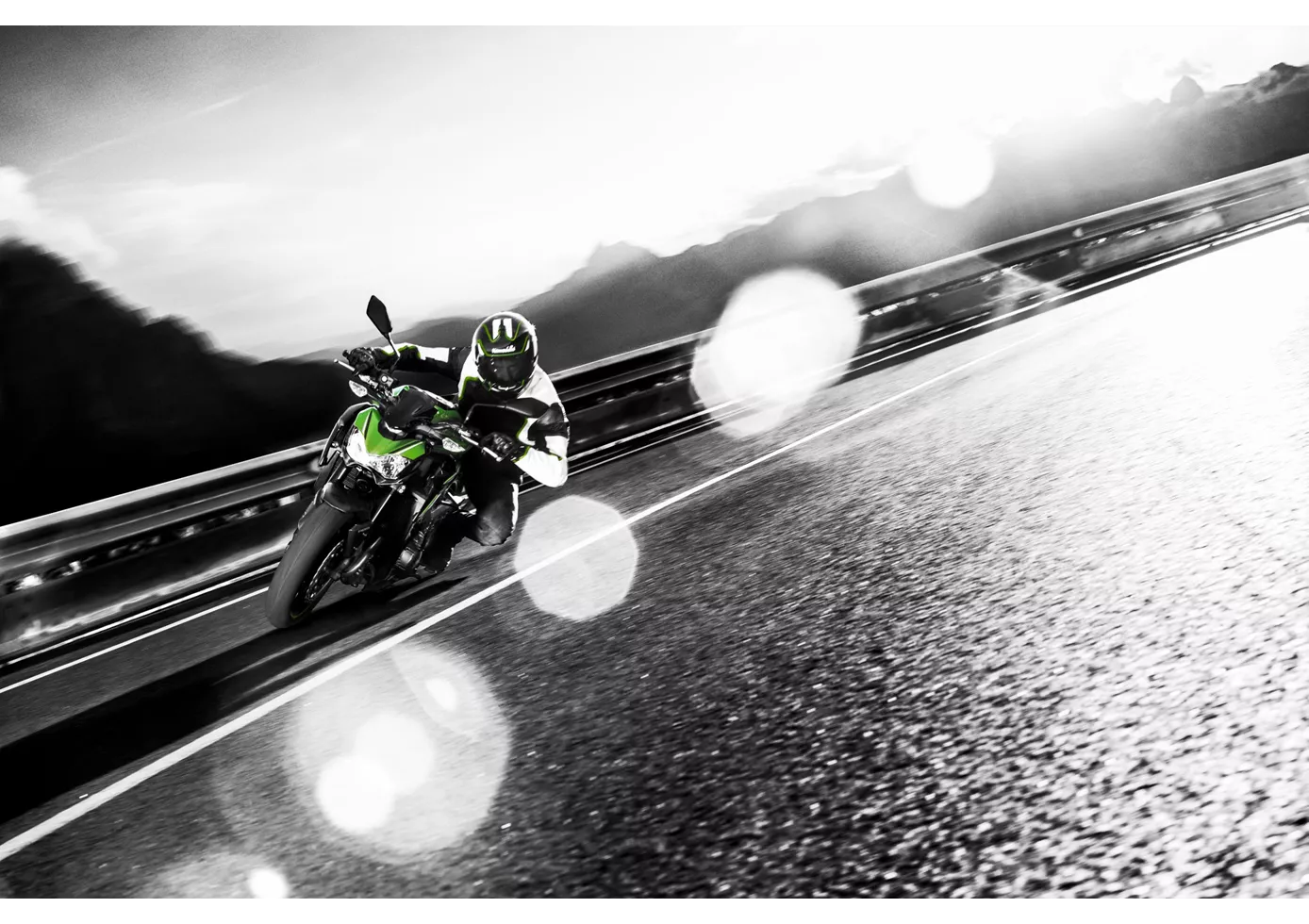
The Z900 is a top entry-level motorbike. Very smooth engine, great brakes and lots of adjustment options on the chassis and levers. The acceleration may be too good for speed junkies, but it's just right for learning. The lack of electronic gimmicks, riding modes and traction control doesn't bother either, but makes the Z900 a good bike to learn the basics of two-wheeled locomotion. A high-quality purist, a real motorbike, even with only 48 hp!
Honda CB650R 2021
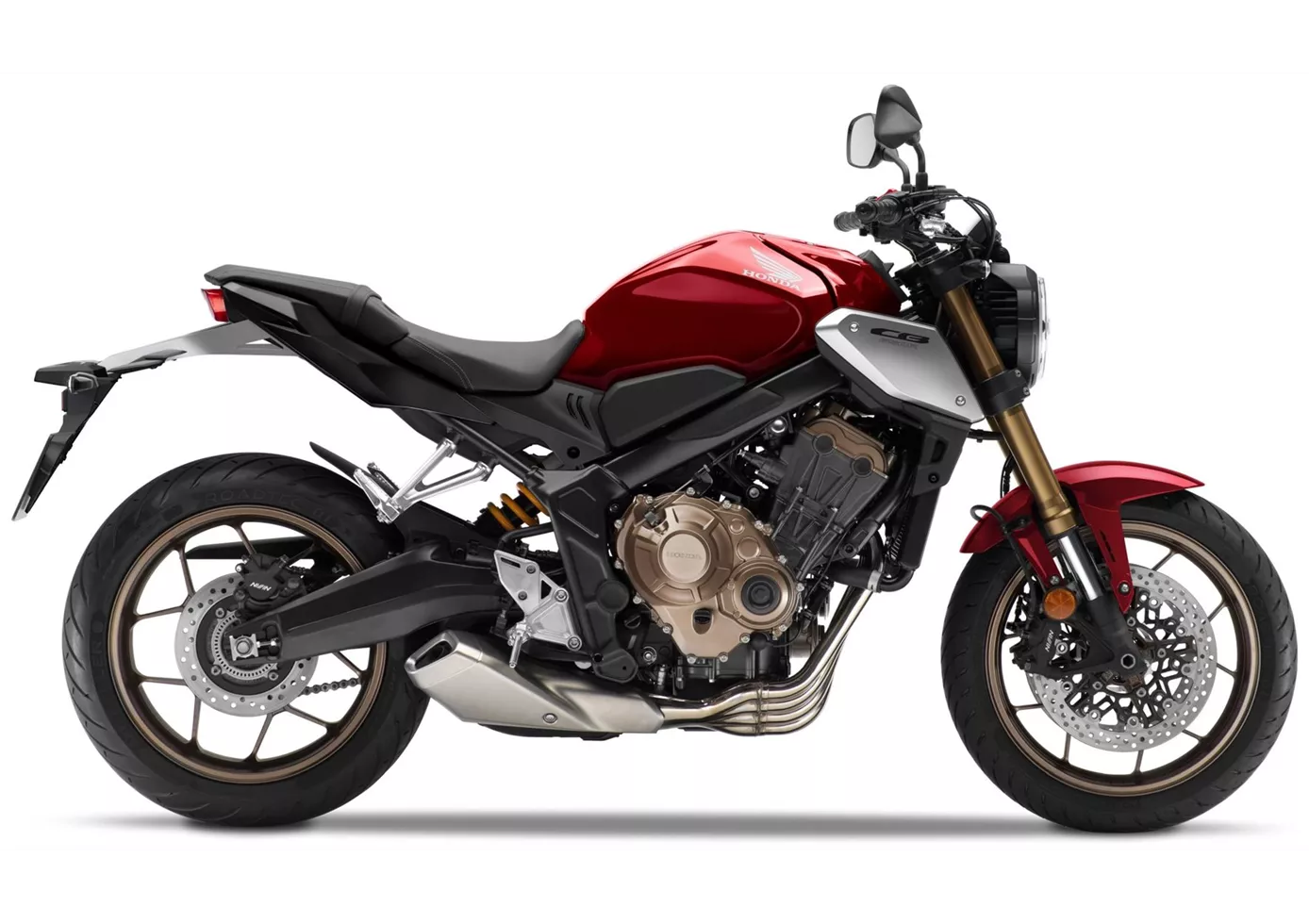
13 out of a possible 24 points mean 5th place in the large mid-range naked bike comparison test 2021. The Honda puts up a good fight against the technically more advanced competition and can leave a motorbike behind despite its position as an outsider. Pleasing looks, accessible riding and the low price make the shortcomings that were brought to light in the direct comparison fade into the background.
Price Comparison Avarage Market Price Kawasaki Z900 70kW vs Honda CB650R
There are a few key differences between a Kawasaki Z900 70kW 2018 and a Honda CB650R 2021. In terms of price, the actual average price of a Kawasaki Z900 70kW 2018 is about 27% higher. Compared to Honda CB650R 2021 there are less Kawasaki Z900 70kW 2018 bikes available on the 1000PS.de Marketplace, specifically 5 compared to 11. It takes less time to sell a Honda CB650R with 63 days compared to 194 days for the Kawasaki Z900 70kW. Since model year 2018 1000PS.de editors have written 10 reviews for the Kawasaki Z900 70kW and 23 reviews for the Honda CB650R since model year 2019. The first review for the Kawasaki Z900 70kW was published on 11/23/2018 and now has more than 104,300 views. This compares to more than 53,700 views for the first review on Honda CB650R published on 10/8/2018.
